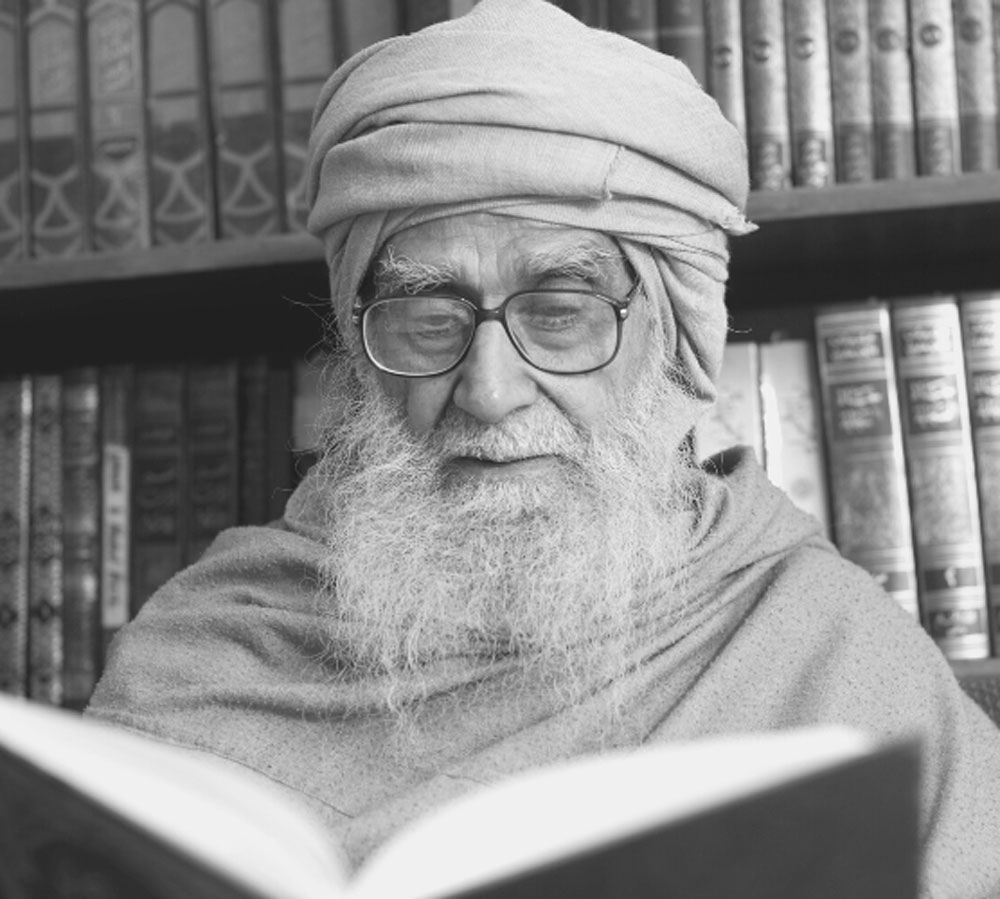Eid-ul-Fitr may be a Muslim festival, but Muslims, like other communities, live in a society, in a neighbourhood. This makes Eid-ul-Fitr automatically a social festival. Therefore, Muslims meet not only with their religious brothers, but also with neighbours of other denominations and with their colleagues at work or in business. It is this social aspect of Eid-ul-Fitr that has led to the practice of Eid Milan.
Muslims observe Eid Milan (get together on Eid day) by inviting their neighbours and others to spend some time with them. In this sense Eid-ul-Fitr promotes social harmony.
Like other festivals, Eid-ul-Fitr cannot be observed in isolation. It is but natural that the festival begins as a Muslim tradition but, in practice, it turns into a social festival. During their preparation of Eid, they are bound to meet their fellow brethren. Then when they leave their homes to go to mosques, they again meet other members of society. Thus, every activity of Eid-ul-Fitr automatically turns into a social activity. In this sense the observation turns into a human festival rather than a Muslim festival, sometimes directly and sometimes indirectly.
Eid-ul-Fitr has a form, but at the same time there is a spirit inherent in all the festivity. In terms of form it may seem to be a limited festival, but in terms of spirit it is a universal festival. If Eid-ul-Fitr is observed in its true spirit, it will energize the whole community, bringing people together in harmony and gratitude. Eid-ul-Fitr therefore truly means Eid-ul-Insaan or a festival of humankind.
Source: Spirit of Islam May 2018






